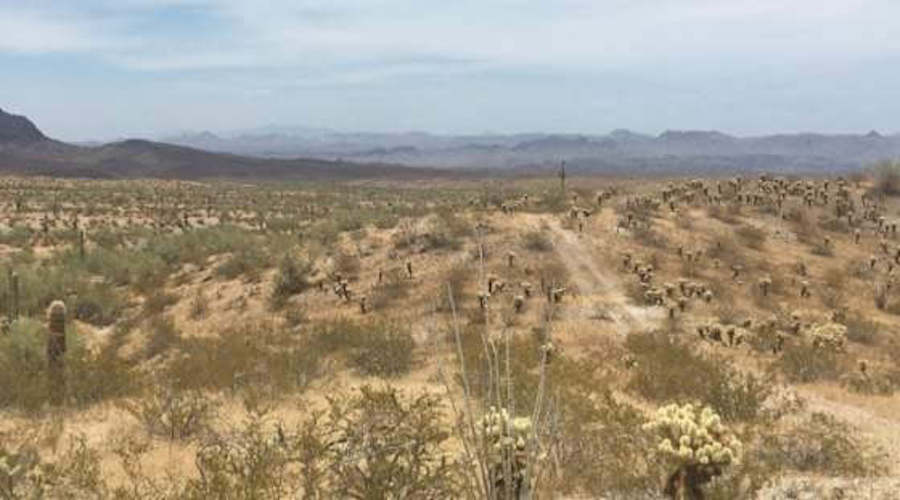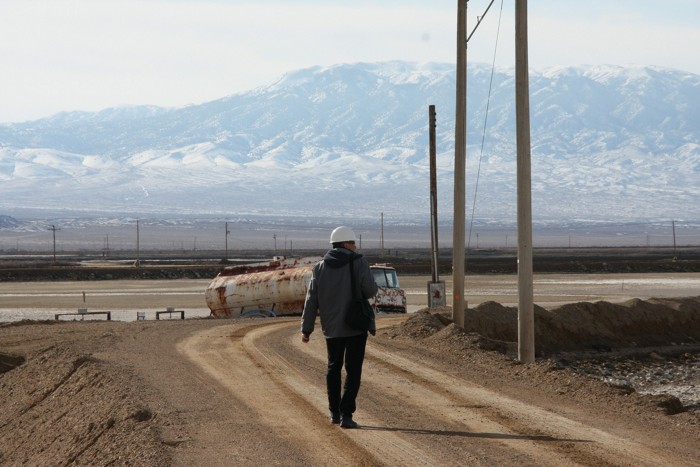Western Rare Earths gets drill permit for La Paz project in Arizona

Western Rare Earths, a subsidiary of American Rare Earths (ASX: ARR), announced that it has received approval of all necessary permits to begin its 2021 core drilling campaign at the La Paz scandium and rare earths project in Arizona.
In a press release, the company said that the program will be based on recommendations from a 2020 JORC 2012 compliant technical report, which stated that “a detailed review of the previous drilling at different elevations indicates opportunity for more than 60m thickness of higher-grade rare earths values in the lower plate gneiss.
“The topography lends itself to the opportunity to substantially increase the resource by deeper drilling in the lower plate, where higher grade rare earths are prevalent. This analysis supports the plan for a core drilling campaign to 61m depths,” the company said.
Western believes that the increasing energy surrounding La Paz has resulted in an assemblage that has the potential to be the largest rare earths project in North America
Western is planning for nine drill holes to 61 metres each, which is 50% more than the six holes the company had previously announced.
“In addition to further exploring the maiden resource area, the expanded campaign allows for reconnaissance at depth in the new project areas southwest of the maiden resource,” the media brief states. “This may indicate the possibility that the ore body extends several kilometres as indicated by robust surface sample results similar to those in the maiden resource area.”
According to Western Rare Earths, the plan is also to use the core drill assay results from this campaign to determine if a maiden resource of scandium can be established, concomitant and additional to the REEs resource estimate of 128.2Mt.
La Paz is a low-grade, critical mineral target with the advantage of its sheer volume, and possible opportunity for simple concentration via magnetics, ultra-low penalty element content (Thorium <7ppm), and low cost of open-pit production.
It is located 16 miles northeast of Bouse and has a contiguous footprint of over 218 federal lode mining claims over approximately 4,503 acres plus an Arizona state exploration permit for 640 acres.
In Western’s view, the increasing energy surrounding La Paz has resulted in an assemblage that has the potential to be the largest rare earths project in North America.
{{ commodity.name }}
{{ post.title }}
{{ post.date }}


Comments